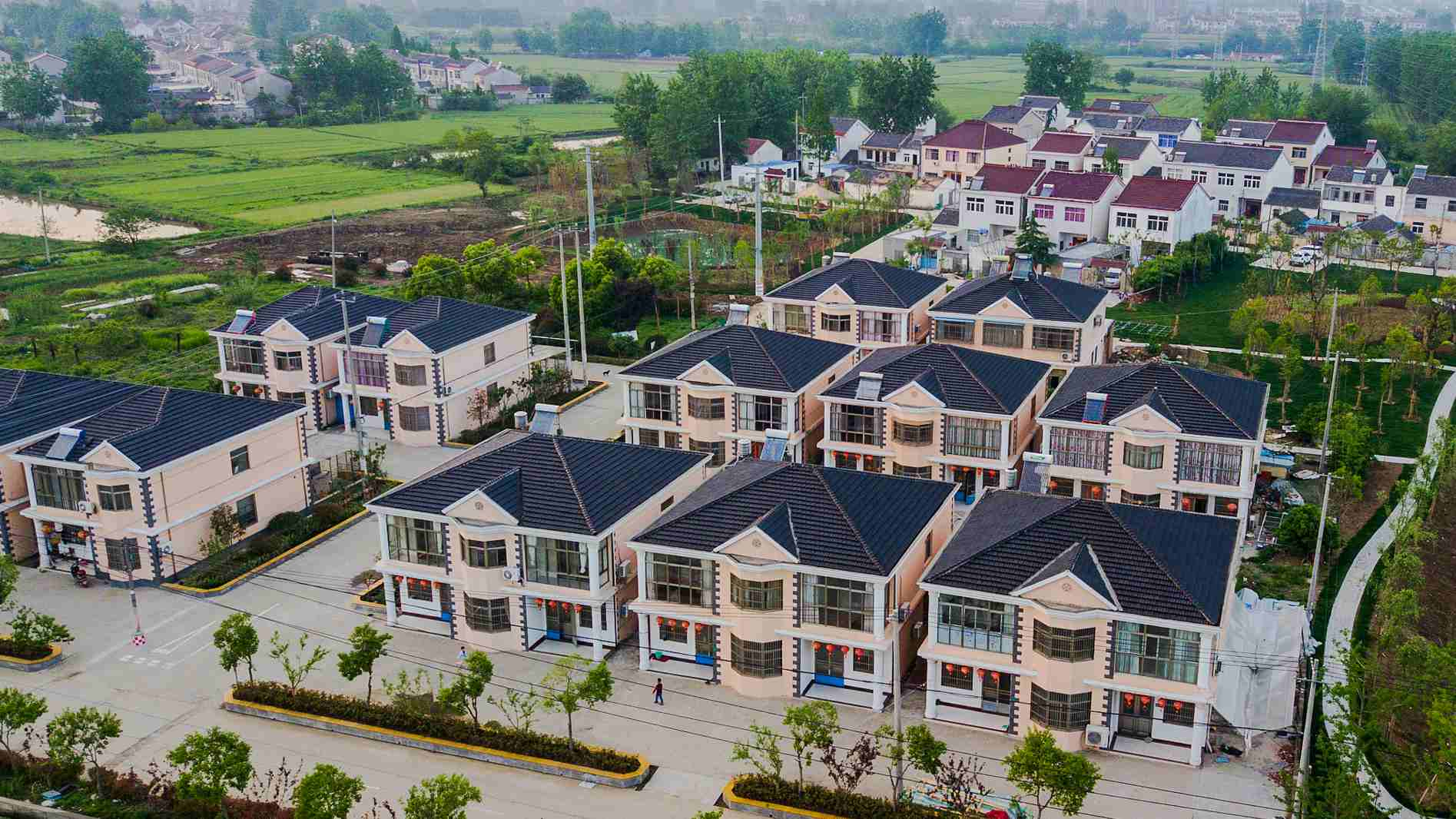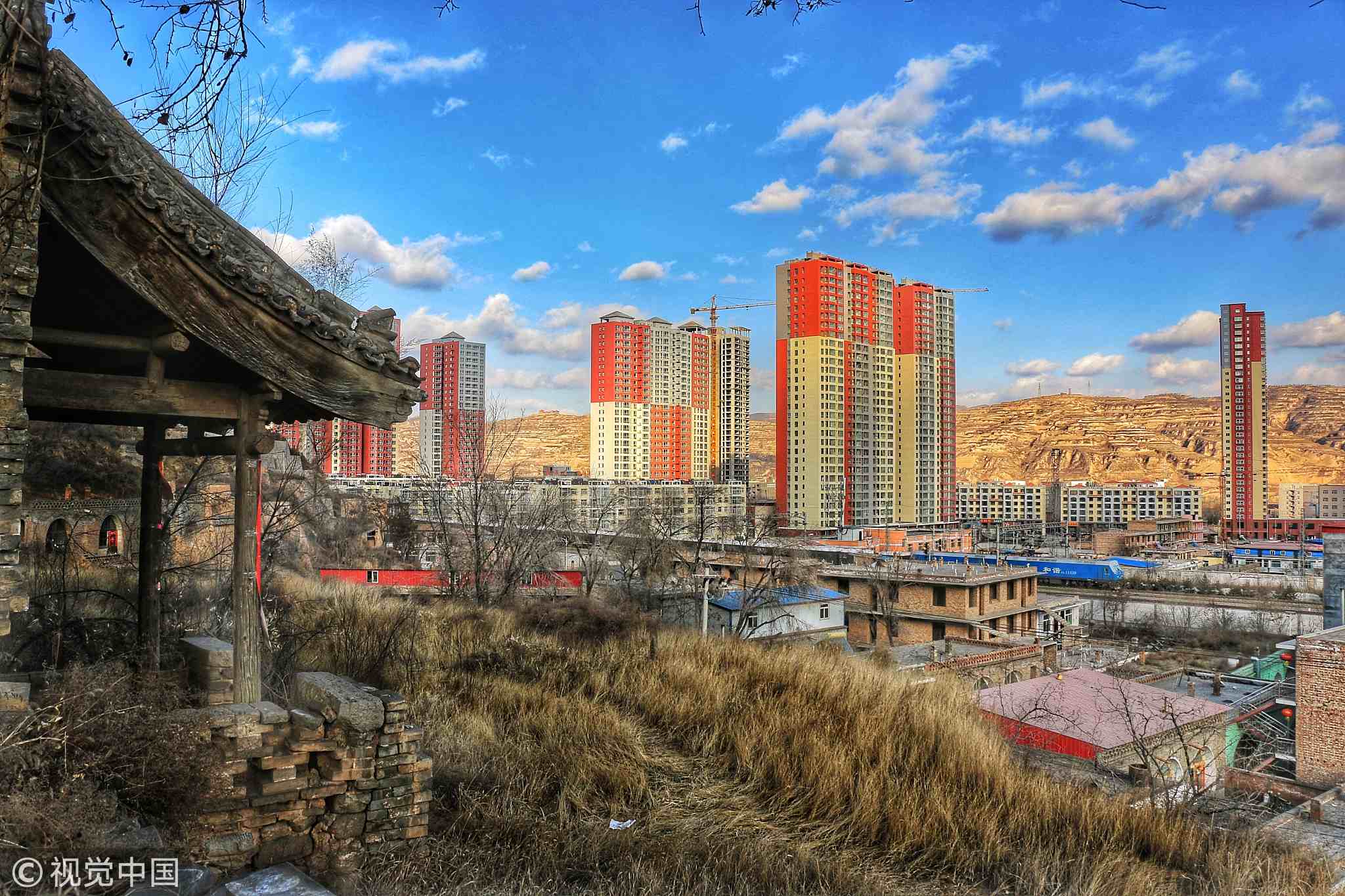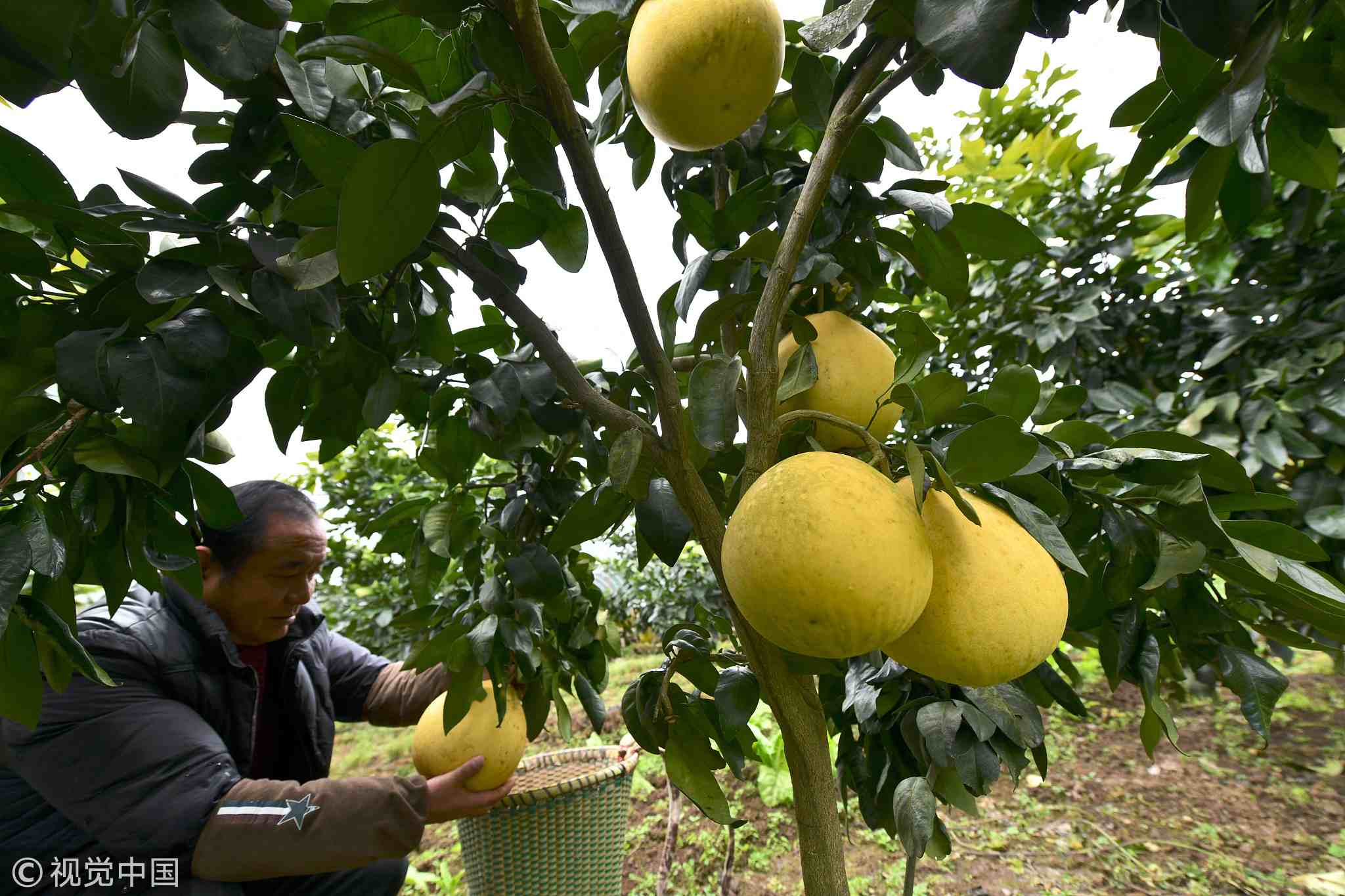
Opinions
15:16, 30-Dec-2018
Rural vitalization: Key to healthy economy and social stability
Updated
14:07, 02-Jan-2019
Li Yong

Editor's note: Li Yong is a current affairs commentator and a senior fellow at the China Association of International Trade. The article reflects the author's opinion, and not necessarily the views of CGTN.
Although the share of agriculture has been declining in China's GDP, the importance of rural economy has never failed to capture the attention of the central government. With nine percent of the world's arable land to provide food for 21 percent of the world's population, the development of rural economy has always been the top priority for China and it has been seen as an important basis for China's stability in terms of economic growth and social development.
In this year's Central Economic Conference, which was concluded on December 21, the strategy of rural townships and revitalization of villages was identified as one of the seven major tasks of the economic work in 2019. It serves to be the key pillar of China's policies regarding the "Three Rural Issues," or "San Nong Issues (三农)," namely, agriculture, rural areas and farmers.
In the bulletin released after the conference, 208 words were used to highlight the program to revitalize rural townships and villages, 80 words more than the text in 2017 bulletin. The 208-word text contains some new "expressions" that were not used in 2017 bulletin, such as "sticking to the course of prioritizing the development of agriculture and rural areas," "making practical efforts to improve agriculture, particularly grain production," "promoting the landing of the policies for storing grain in farmland and technology" and "rationally adjust the composition of grain, economic crops and feed crops." These new expressions signal at the priorities of China's rural development in 2019.

Lvliang City, north China's Shanxi Province. /VCG Photo
Lvliang City, north China's Shanxi Province. /VCG Photo
The Central Rural Work Conference, which was held between December 28 and 29, also echoed the priorities of the Central Economic Conference and further pinned down areas of focus while drawing on the experiences of implementing the strategy of revitalizing rural townships and villages at the local level.
The meeting studied the critically important tasks that must be accomplished in the next two years and at the same time mapped out the plans for rural and agricultural work in 2019.
With the profound changes of external conditions and increased downward pressure on economic growth, the Central Rural Work Conference called for the recognition of special emphasis on the work in relation to the "Three Rural Issues." Chinese President Xi Jinping pointed out in his speech at the conference that doing a solid work on "Three Rural Issues" will have significant implications on China's ability to effectively counter the challenges of various risks and ensure sustained healthy economic development and overall social stability.
In the effort to revitalize the rural townships and villages, grain production will be the top priority, as confirmed by the conference. Stabilizing the farmed areas, optimizing the pattern of production, ensuring the national food security and effective supply of important agricultural products are the ultimate goals.
Supply-side structural reform will continue to dominate the theme of rural township and revitalization of villages. In 2018, the situation of excess output of grain crops such as corn has reversed. In 2019, the focus will be on specific approaches such as "storing the grains in farmland," adjusting grain production by alternating fallow farmland and "storing grain in technology," increasing unit output by application of agricultural technologies. There will also be a shift to increase the supply of high-quality green agricultural products.

A farmer picks grapefruit in Huaian village, southwest China's Guizhou Province, December 23, 2018. /VCG Photo
A farmer picks grapefruit in Huaian village, southwest China's Guizhou Province, December 23, 2018. /VCG Photo
Other measures to further implement the strategy of rural township and revitalization of villages include building new farmer-based rural business entities to modernize the rural economy, such as development of family farms and farmer cooperatives. Mechanisms regarding promotion of rural industries, talent supports, management and utilization of rural land, guarantee of stable capital input, and equalization of basic public services for both urban and rural areas and "citizenization" of rural migrants will be established and perfected.
Poverty elimination, a goal to be achieved by the end of 2020, is the bottom line task of achieving moderately prosperous society. 2019 will be a critical year for poverty reduction. Together with the strategy of rural township and village revitalization, overall deepening of rural reforms will provide institutional guarantee. Most significant reforms include the ongoing land reform, creation of innovative agricultural business models, protection system of agricultural supports, etc.
All endeavors will be directed at building an infrastructure that meets the overall targets of thriving industrial developments in rural areas, improving the rural residence that is both ecological and livable, promoting progress in rural civilization, enhancing effective governance and making rural life more affluent.
For the past 15 years, China's "No.1 Central Document," the first policy document jointly released every year by the Central Committee of the Communist Party of China and the State Council, has focused on agricultural and rural developments. It is expected that the "No.1 Central Document" will continue to do so. More detailed measures and policies will be unveiled, hopefully in January 2019.
(If you want to contribute and have specific expertise, contact us at opinions@cgtn.com)

SITEMAP
Copyright © 2018 CGTN. Beijing ICP prepared NO.16065310-3
Copyright © 2018 CGTN. Beijing ICP prepared NO.16065310-3